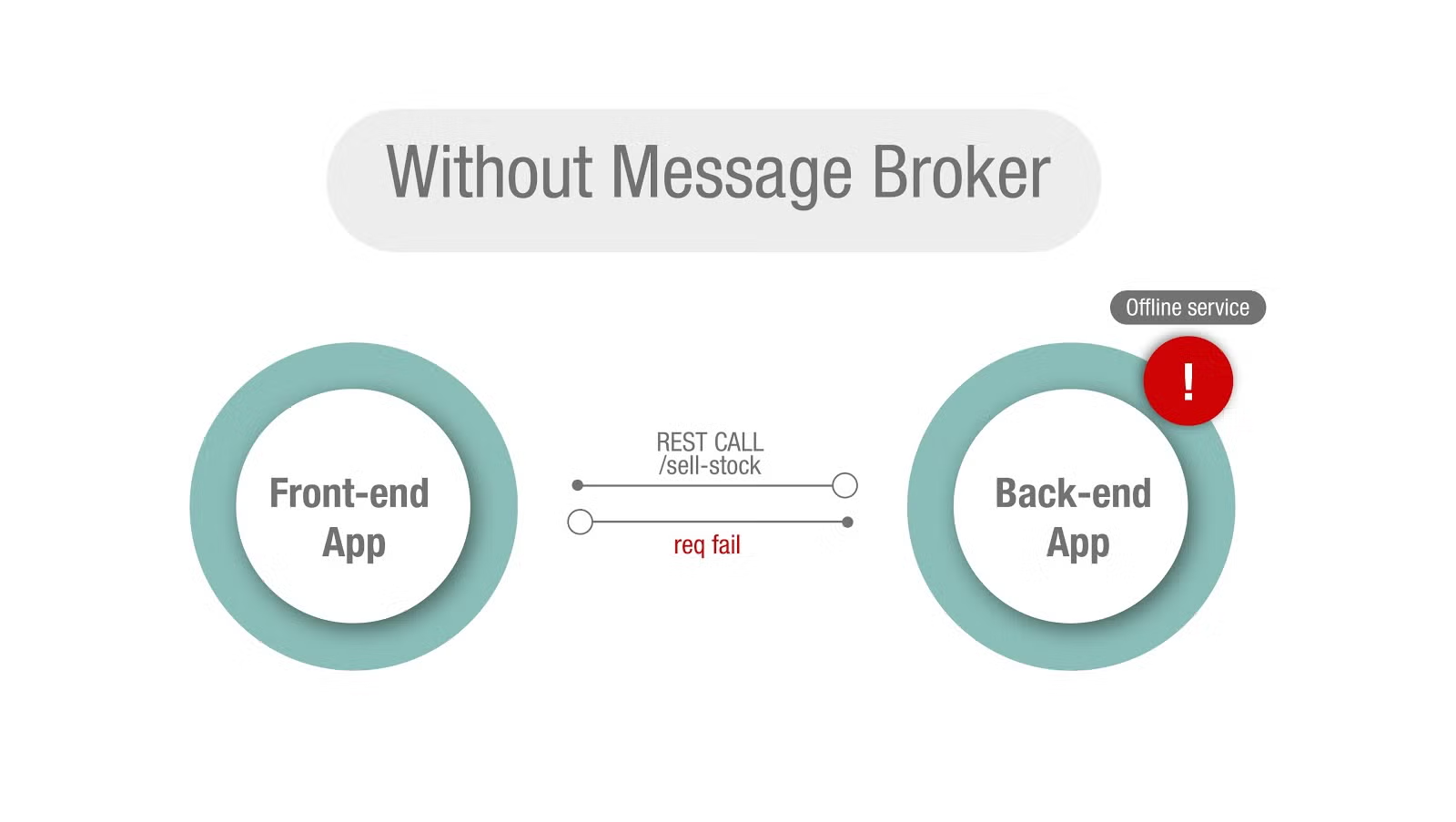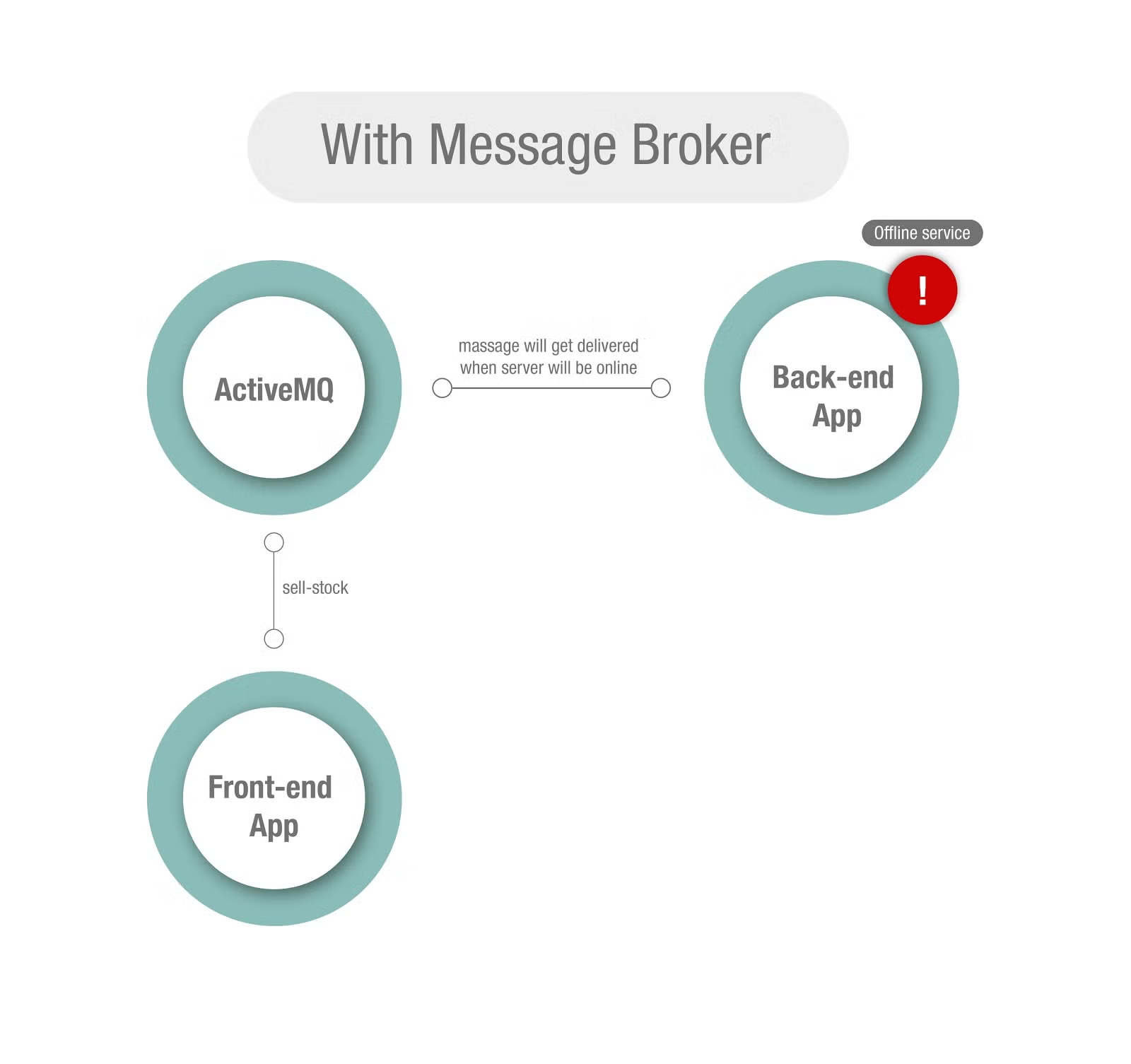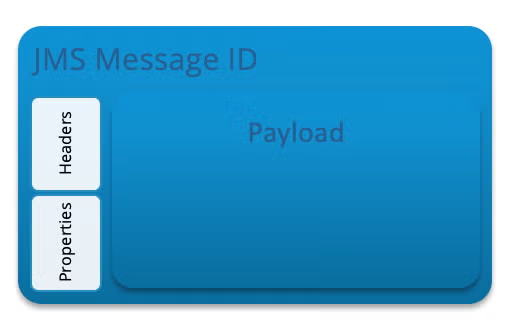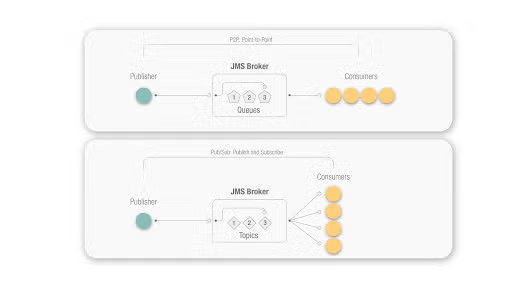Blog
June 4, 2020
Apache ActiveMQ is a popular messaging service that facilitates disparate data at scale in enterprise systems. In this ActiveMQ tutorial, we give an overview of ActiveMQ, its benefits, how it works, and when it should be used.
What Is ActiveMQ?
Back to topApache ActiveMQ is a popular open source message broker built on top of Java. It works as a message-oriented middleware (MoM), which means it is designed to send messages between two or more applications.
What Is ActiveMQ Used For?
Like any other message broker, ActiveMQ is used as a communication bridge between multiple components that can be hosted on separate servers or can be written in different programming languages.
Message brokers like this one are often found in enterprise systems — or any systems that have a complex architecture. The goal of implementation is to create reliable communication between components of that system.
A good example is the financial and banking industry, where a high availability system is essential. Speed is important in this industry, but more important than that is the reliability of the entire system.
Even though we all want 100% uptime for everything, there will still be rare moments when a service is offline. What do you do in this case?

Putting your message into a message queue will usually work in this scenario. The message doesn't get delivered and processed immediately. Instead, it will be processed when the other side of the service comes back online.

The example above is a niche case. But the overall use case of messaging is the ability to asynchronously shape traffic. There might be cases when the service is still online, but it may just not be able to process messages as quickly as they are produced into the system. Or it might not be able to handle a burst without some padding.
So, if you have a system — and it is a must for a message to be sent no matter what and no matter the time frame, now or later — then a message broker like ActiveMQ is what you need.
Back to topWhat Are Apache ActiveMQ Brokers?
Apache ActiveMQ brokers are implementations of the Java Messaging Service, or JMS. JMS is a Java specification which allows applications to send data back and forth between one another in an easy and standard way.
Before messaging systems like ActiveMQ, it was difficult — if not impossible — to “federate” applications that:
- Were written in disparate languages.
- Resided on heterogeneous platforms.
- Used different data structures and protocols.

An early goal of Java was to present a language with the power of C which was not hindered by its cross-platform issues. JMS arose out of a growing need to federate very different systems with each other.
Before ActiveMQ, that meant building the source code against native tooling and libraries. Alternatives were outright porting or rewriting the application on separate operating systems.
Back to topWhat Is the Difference Between JMS and ActiveMQ?
ActiveMQ is a JMS provider. A JMS provider forms the software framework for facilitating the use of JMS concepts inside an application. A single node of ActiveMQ which allows clients to connect to it and use these messaging concepts is called an “ActiveMQ Broker.”
So, ActiveMQ is a message broker that implements JMS. Using ActiveMQ is important for many businesses — especially enterprises.
Enterprises feel this disparity with business actions such as mergers and acquisitions. This creates the need to maintain an increasingly heterogeneous collection of business applications. As your enterprise grows, so does the need to allow all of these platforms to share data. A number of architectural patterns exist today which help to solve this problem.
Other JMS Providers
Some other examples of JMS providers are:
- HornetQ
- RabbitMQ
- SonicMQ
- Windows Azure Messaging
Back to topTrain Your Team on ActiveMQ
OpenLogic offers an instructor-led course on ActiveMQ Administration Essentials so you can tune, monitor, and optimize your ActiveMQ installations. You'll learn the features and functionality of ActiveMQ and JMS, and get real-world examples of how to start deploying them in a production environment.
ActiveMQ Architecture Overview
ActiveMQ's anatomy consists of data patterns called messages, queues, and topics.
Messages are just what they sound like, payloads of data that can be shipped between various systems. These payloads can have headers and properties associated with them that can:
- Categorize them
- Control various portions of their routing
- Facilitate moving the payloads around a connected network of applications
Here's a basic JMS structure, such as ActiveMQ:

The payload itself can be any Java object in a pure-Java implementation. But it is typically some form of text message. Note that the text could be a markup format such as XML or JSON as well. The purpose of a messaging system is to move these payloads between heterogeneous systems in a standard way.
ActiveMQ as an Enterprise-Class Messaging Solution
An enterprise-class messaging solution can do this while also maintaining data integrity, guaranteeing no data loss, considering high availability, security, recoverability, and other common enterprise concerns.
The applications themselves within our network are thought of as endpoints. And there are two categories of them. Inbound endpoints which are used to read or receive messages are called consumers, and outbound ones meant to send data into the messaging system are called producers.
This is handled programmatically. The endpoint is defined in the context of the program that is interacting with the messaging system.
How ActiveMQ Messages Work
Once messages make their way into the system, they are arranged into two patterns: queues and topics. Queues are FIFO (first-in, first out) pipelines of messages produced and consumed by brokers and clients. Producers create messages and push them onto these queues. Then those messages are polled and collected by consumer applications, one message at a time.
Topics are subscription-based message broadcast channels. When a producing application sends a message, multiple recipients who are ‘subscribed’ to that topic receive a broadcast of the message. This producing application is sometimes called a ‘publisher’ in the context of topic messaging,
All of these components are just parts of the JMS specification, but aren’t any one piece of software in particular. To realize the specification in real life, we can create a vendor-specific implementation of the JMS spec, known as a JMS provider.
To sum up, the main difference between a queue and a topic is:
- A topic implements a publish and subscribe workflow.
- A queue implements a load balancing workflow.

ActiveMQ Key Functions
Over and above JMS, ActiveMQ provides additional functionality such as:
- A native ActiveMQ connection factory object for Java.
- Powerful observability features with its detailed JMX metrics and statistics engine.
- Extended dashboarding through Jolokia and HawtIO.
- JAAS security.
- Multiple connection protocols.
- Native HA and DR capabilities.
- Built-in functionality for both horizontal and vertical scale.
Apache ActiveMQ 5 vs. Apache ActiveMQ 6
Apache ActiveMQ 5 implements the JMS 1.1 spec. ActiveMQ 6 (Artemis) will implement JMS 2.0.
In addition to the JMS concepts described above, ActiveMQ also providers persistence. This allows messages to be “replayed” should a broker crash. Along with that, durability allows topic subscribers to receive broadcast messages when connectivity to the broker has been interrupted.
Back to topWhy Use ActiveMQ?
ActiveMQ is a mature and well-adopted platform. 1,000s of companies use it. It's by far the most flexible OSS message broker available.
As if that’s not enough, it also ships with Apache Camel and shares developers and committers with the Apache Camel product. This gives it a tremendous level of sophistication in terms of designing complex messaging patterns.
ActiveMQ Is the Ideal Messaging Solution
Apache ActiveMQ is free and open source under the permissive Apache 2.0 ASF license. It is backed by a prolific and responsive developer community and was envisioned by some of the early creators of the now ubiquitous Enterprise Integration Pattern (EIP) architecture.
Putting together these patterns with JMS makes it easy to understand how ActiveMQ works. You can use a number of connection protocols in ActiveMQ, allowing them to provide highly normalized connection points between applications coded in different languages, such as Java, C++, .NET, PHP, and others.
This makes ActiveMQ an ideal free messaging solution for enterprises. Users commonly migrate to ActiveMQ from commercial middleware such as WebSphereMQ, Oracle AQ, TIBCO EMS, and/or MSMQ.
Scale of ActiveMQ Data
ActiveMQ can be tuned for massive scale for large data sets, such as those generated by the CERN large hadron collider. ActiveMQ can be configured for numerous traffic and implementation models and has a powerful statistics and metrics engine, exposing crucial details about the health of the broker and the amount and size of message traffic and client status. These metrics can be consumed by popular monitoring frameworks, making ActiveMQ a highly observable solution.
Back to topFinal Thoughts
Though not the only free messaging solution available, Apache ActiveMQ stands out for balancing its versatility with enterprise-readiness. You can adopt ActiveMQ quickly. It will be accessible to anyone comfortable with JMS. ActiveMQ’s prolific community will ensure the products continued viability. And ActiveMQ 6 promises to extend this usefulness into the next generation of enterprise messaging solutions.
Need ActiveMQ Support?
Just getting started with Apache ActiveMQ? Connect with an expert today to learn how we can help you get the most out of ActiveMQ, including SLA-backed ActiveMQ support.
